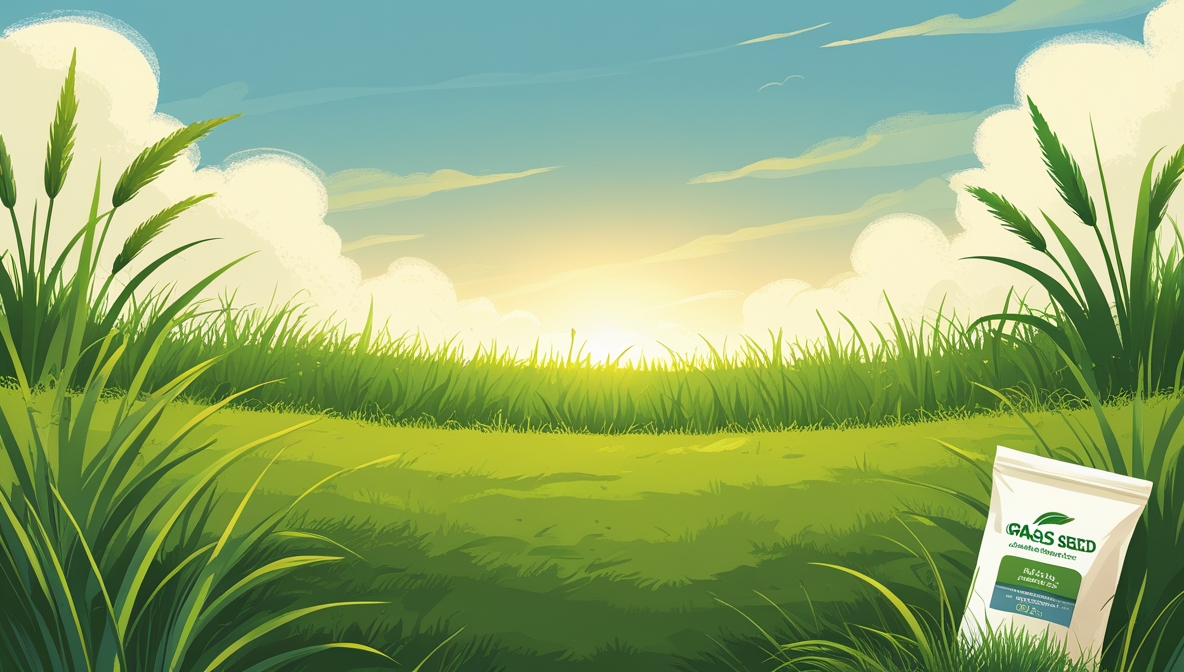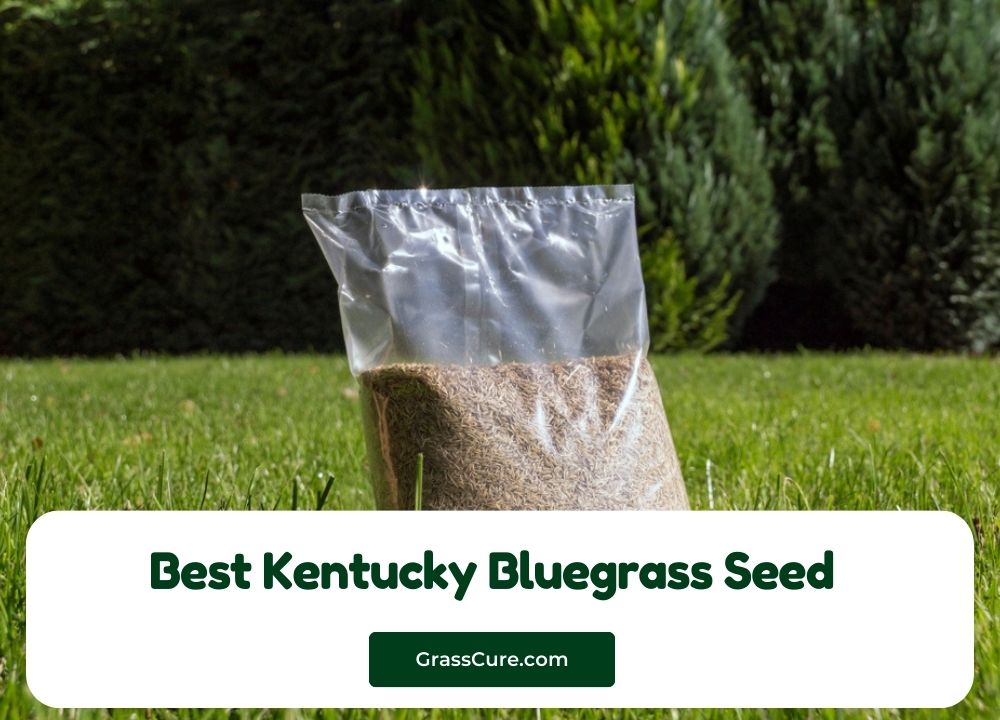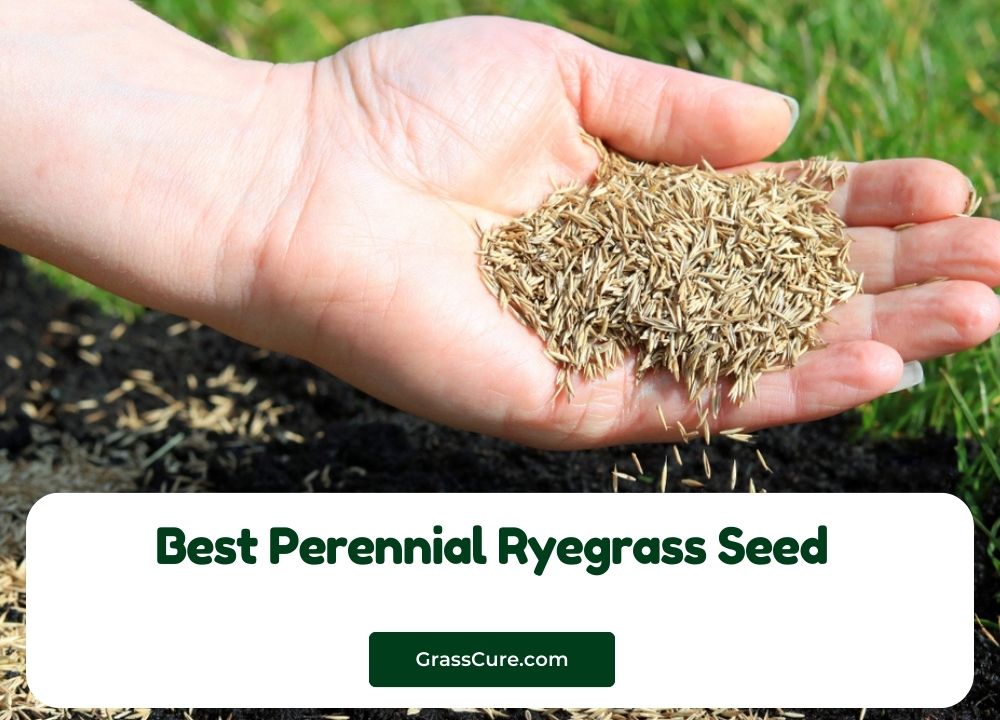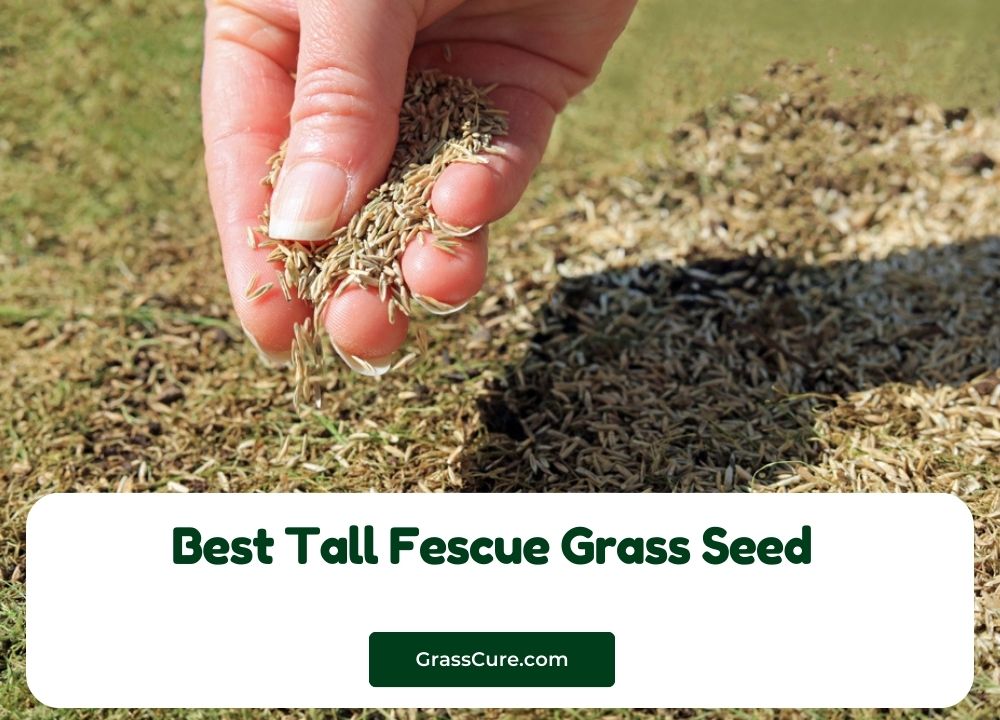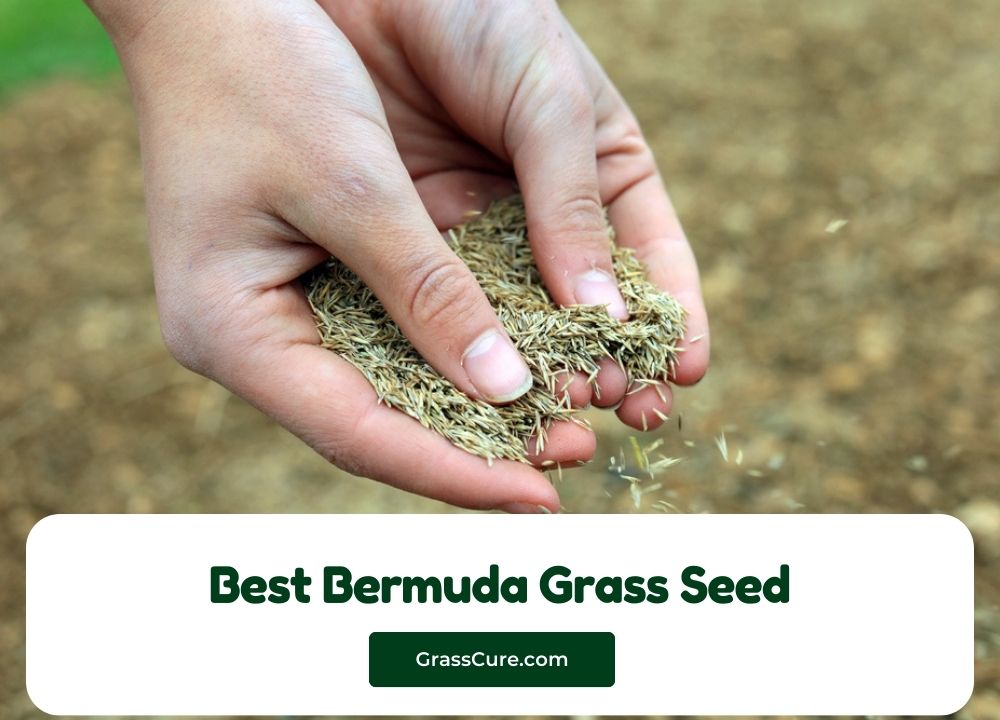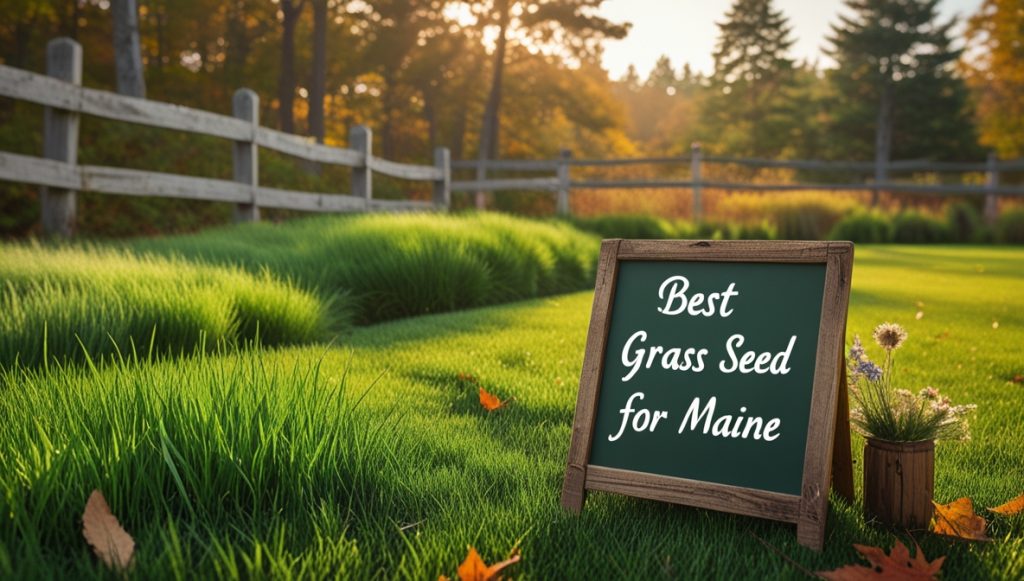Choosing the right grass seed can transform your Alabama lawn from patchy and dull to lush and vibrant. However, with the state’s diverse climate and soil conditions, selecting the perfect seed requires careful consideration. This guide explores the best grass seed for Alabama, helping you make an informed decision based on your specific needs and environment.
Contents
- Choosing the Right Grass Seed for Alabama
- Understanding Alabama’s Diverse Climates
- Cool-Season Grasses: Best Choices
- Warm-Season Grasses: Ideal Options
- Factors Affecting Grass Seed Selection
- Soil Type and its Crucial Role
- Sunlight Exposure: A Key Consideration
- Maintenance Needs and Your Lifestyle
- Top Performing Grass Seed Varieties
- Where to Buy Quality Grass Seed
Choosing the Right Grass Seed for Alabama
Selecting the right grass seed is crucial for a healthy, thriving lawn in Alabama. The state’s varied climate and soil conditions mean that a “one-size-fits-all” approach simply won’t work. Consider your lawn’s sun exposure, soil type, and your personal maintenance preferences before making a selection. This will ensure you choose a grass that will flourish in your specific environment and meet your expectations. Failing to consider these factors could lead to a disappointing outcome, wasting both time and money.
Furthermore, understanding the difference between cool-season and warm-season grasses is paramount. Cool-season grasses thrive in cooler temperatures, while warm-season grasses prefer the heat. Choosing the wrong type will significantly impact your lawn’s health and appearance. This guide will delve into the specifics of each type, highlighting the best options for Alabama lawns.
Understanding Alabama’s Diverse Climates
Alabama experiences a range of climates, from the humid subtropical conditions in the south to the more temperate regions in the north. These variations significantly impact grass growth and necessitate careful seed selection. Southern Alabama enjoys longer, warmer seasons, ideal for warm-season grasses. Conversely, northern Alabama experiences cooler temperatures and shorter growing seasons, making cool-season grasses a better choice. This diverse climate necessitates a region-specific approach to grass seed selection.
Consequently, understanding your specific microclimate within Alabama is essential. Factors such as elevation, proximity to water bodies, and prevailing winds all influence temperature and humidity, further impacting grass growth. By considering these local nuances, you can select a grass seed that is perfectly adapted to your specific area’s conditions.
Cool-Season Grasses: Best Choices
Cool-season grasses, while not as prevalent as warm-season grasses in Alabama, can thrive in the northern parts of the state or in areas with significant shade. Tall fescue is a popular choice, known for its durability and tolerance to shade. It requires less frequent mowing than other grasses and offers good disease resistance. Fine fescue is another option, particularly suitable for shady areas and offering a soft, fine texture.
However, remember that cool-season grasses generally require more watering during hot, dry periods in Alabama. They also may go dormant during the summer heat, turning brown before regaining their green color in the fall. Therefore, carefully weigh the pros and cons before opting for a cool-season grass in your Alabama lawn.
Warm-Season Grasses: Ideal Options
Warm-season grasses are the dominant choice for most of Alabama due to the state’s long, hot summers. Bermudagrass is a popular and highly adaptable option, known for its resilience to heat, drought, and wear. Zoysiagrass offers a finer texture than bermudagrass and requires less fertilization, making it a low-maintenance choice. Centipedegrass is another excellent option, particularly suitable for acidic soils and shaded areas.
In addition to these popular choices, St. Augustinegrass is also a strong contender for many Alabama lawns. It’s known for its lush, thick growth, but it requires more consistent watering than some other warm-season grasses. Ultimately, the best warm-season grass for you will depend on your specific environmental conditions and personal preferences.
Factors Affecting Grass Seed Selection
Beyond climate, several other factors influence grass seed selection. Soil quality plays a significant role, with different grasses thriving in different soil types. Similarly, the amount of sunlight your lawn receives each day dictates which grasses will flourish. Full sun areas demand grasses that tolerate intense heat, while shady areas require shade-tolerant varieties.
Moreover, your personal maintenance preferences are crucial. Some grasses require more frequent mowing, fertilizing, and watering than others. Consider your lifestyle and how much time and effort you’re willing to dedicate to lawn care before making your decision. Choosing a grass that aligns with your maintenance capabilities will ensure a healthy and manageable lawn.
Soil Type and its Crucial Role
Alabama boasts a variety of soil types, ranging from sandy loams to clay soils. Understanding your soil type is crucial for successful grass establishment. Sandy soils drain quickly, requiring more frequent watering, while clay soils retain water, potentially leading to waterlogging. A soil test can provide valuable insights into your soil’s pH and nutrient levels.
This knowledge allows you to choose a grass that is well-suited to your soil’s characteristics. For example, centipedegrass thrives in acidic soils, while bermudagrass tolerates a wider range of soil pH levels. Amendments such as compost or lime can help improve soil quality and create a more favorable environment for your chosen grass.
Sunlight Exposure: A Key Consideration
Sunlight exposure dramatically impacts grass growth. Areas receiving full sun (six or more hours of direct sunlight daily) require sun-tolerant grasses like bermudagrass or zoysiagrass. Conversely, shady areas (less than four hours of direct sunlight) benefit from shade-tolerant options such as fine fescue or centipedegrass.
Partial shade (four to six hours of direct sunlight) offers a middle ground, allowing for a wider range of choices. However, even within these categories, variations exist. Some grasses tolerate more shade than others. Accurate assessment of your lawn’s sunlight exposure is therefore crucial for optimal grass selection.
Maintenance Needs and Your Lifestyle
Consider your lifestyle and the amount of time you can dedicate to lawn maintenance. Low-maintenance grasses like zoysiagrass or centipedegrass require less frequent mowing, fertilizing, and watering. High-maintenance grasses, such as bermudagrass, demand more attention to thrive.
Therefore, choose a grass that aligns with your available time and energy. A low-maintenance grass might be ideal for busy individuals or those with limited time for yard work. Conversely, someone with more time and a desire for a perfectly manicured lawn might opt for a higher-maintenance grass variety. This careful consideration will ensure a long-term balance between a beautiful lawn and your personal schedule.
Top Performing Grass Seed Varieties
Several grass seed varieties consistently perform well in Alabama. Bermudagrass (common, hybrid, and ultradwarf varieties) remains a popular choice for its heat tolerance and durability. Zoysiagrass (Meyer, Emerald, and Zenith) offers a fine texture and low maintenance. Centipedegrass (common and improved varieties) thrives in acidic soils and partial shade.
Furthermore, Tall Fescue (various improved varieties) remains a suitable choice for cooler, northern parts of the state or shady areas. Always choose seeds from reputable suppliers to ensure high germination rates and disease resistance. Reading reviews and comparing different varieties can help you make an informed choice based on your specific needs and preferences.
Where to Buy Quality Grass Seed
Purchasing quality grass seed is essential for a successful lawn. Reputable local garden centers and nurseries often carry a wide selection of grass seeds suitable for Alabama’s climate. They can provide expert advice based on your specific location and soil conditions. Online retailers also offer a vast array of options, but always verify the supplier’s reputation and check customer reviews.
Additionally, consider buying seeds from suppliers that clearly state the variety, germination rate, and origin of the seed. Avoid purchasing seeds in bulk from unknown sources, as quality and germination rates can be inconsistent. Investing in high-quality grass seed is a worthwhile investment that will pay off in a healthy, beautiful lawn for years to come.
Establishing a beautiful and healthy lawn in Alabama requires careful consideration of various factors, from climate and soil type to sunlight exposure and personal maintenance preferences. By understanding these factors and choosing the right grass seed, you can create a vibrant and thriving lawn that enhances your property’s beauty and value. Remember to select your grass seed from a reputable source to ensure quality and germination success.
